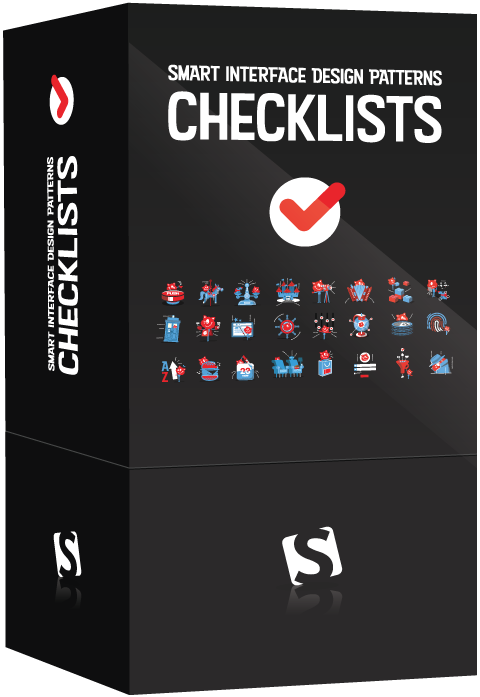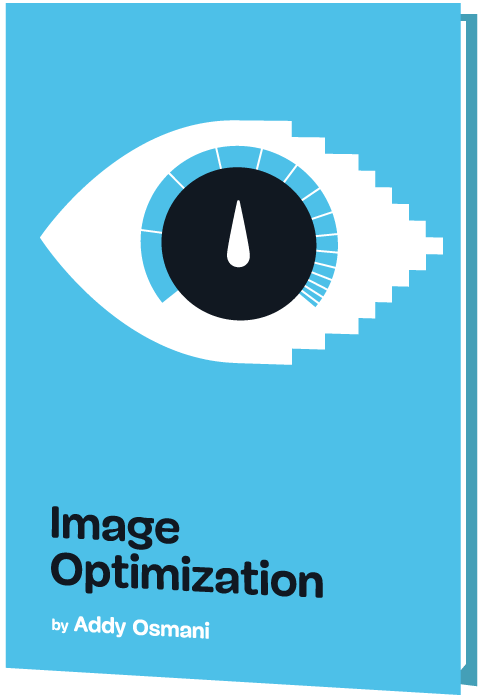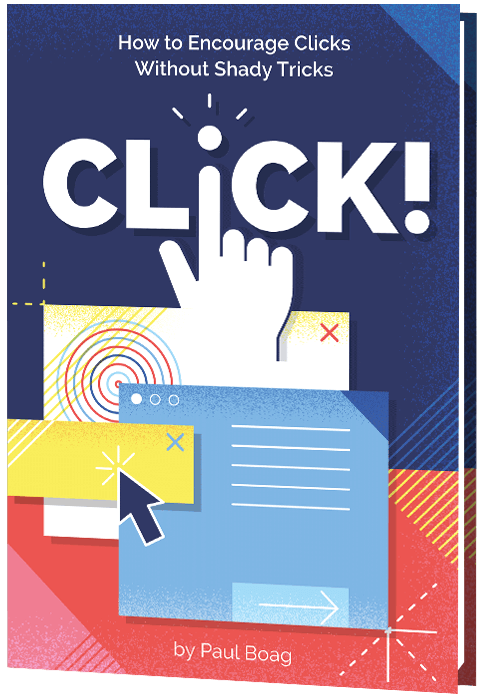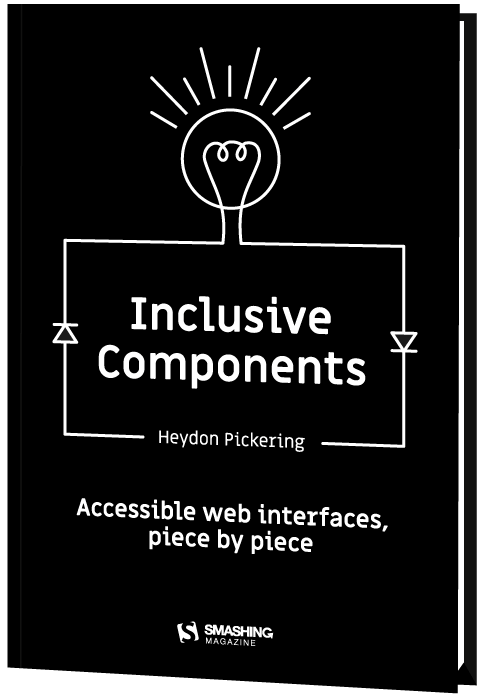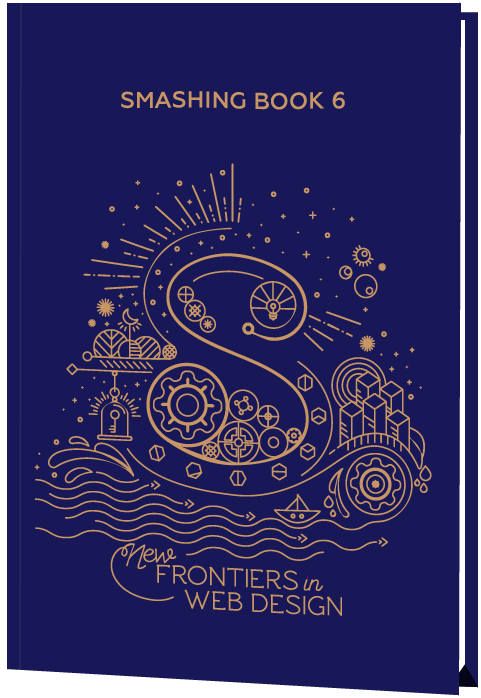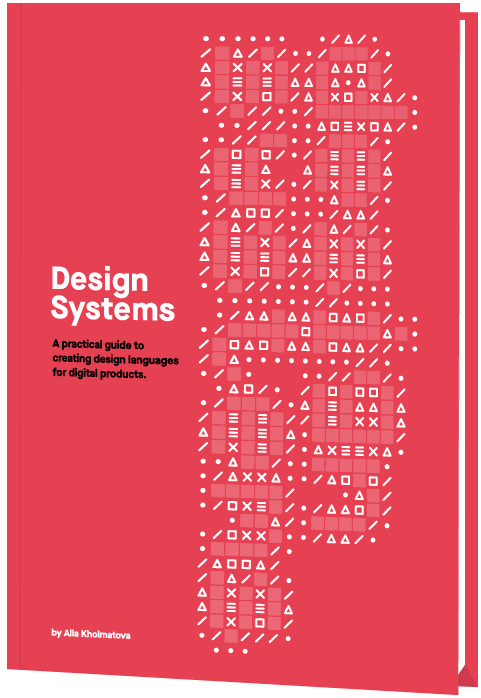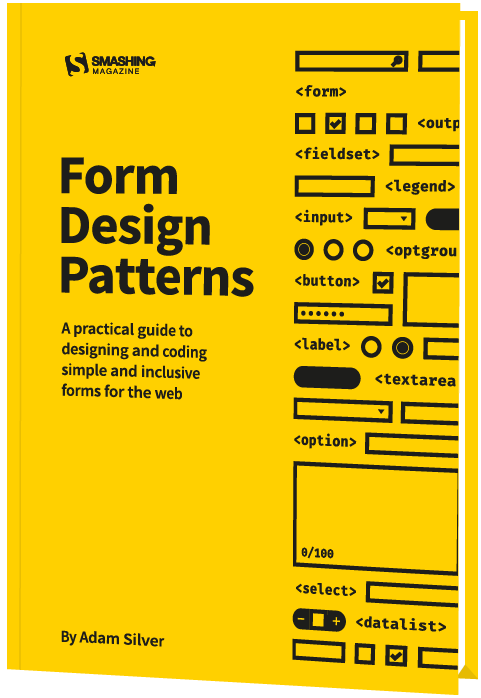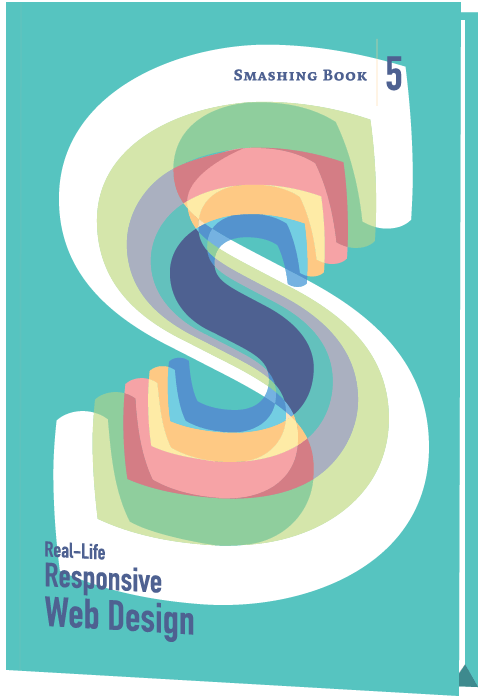TypeScript in 50 Lessons (eBook)
In TypeScript in 50 Lessons, Stefan Baumgartner breaks down the quirks of TypeScript into short, manageable lessons. You’ll make sense of TypeScript concepts, tooling for TypeScript and how to get most out of it without learning a new language. Everything TypeScript explained, from start to finish.
Written for seasoned and not-so-seasoned developers who know enough JavaScript to be dangerous, or want to dive deeper into TypeScript. With code walkthroughs, hands-on examples and common gotchas, that’s a book you might want to keep close.
You’ll learn:
- TypeScript concepts, and how to make sense of them all.
- TypeScript tooling, needed to use the language effectively.
- How to get most out of TypeScript without learning a new language.
- Structural type systems, their semantics, and why they matter.
- Low-maintenance types and how to write types once, and let them grow automatically as code evolves.
- How to bend the type system to make it fit the needs of your projects.
- TypeScript culture and how the language is evolving.
About The Book
Every other day, one of your team members makes a case for switching from “chaotic” JavaScript to “sane” TypeScript. Maybe you rely on not-very-well-understood JavaScript libraries, or you have a large number of contributors, or the code base is difficult to maintain. The reasons are always similar, but so is the hesitance from the team. Why change the stack that seems to be working just fine?
That’s the question we’ve asked ourselves as well. So we’ve teamed up with Stefan Baumgartner, a seasoned JavaScript developer drawn to TypeScript for years, to break it all down into understandable pieces. The result is TypeScript in 50 Lessons — our shiny new book, with everything TypeScript explained, from start to finish.
First, the book gently explores TypeScript, from basic ideas to common techniques and advanced strategies. Then, right around the midpoint, we’ll take the leap into structural type systems and why they are so useful for your work. Then we’ll dive into working with types, typing functions, union and intersection types, generics, conditional types and wrap up with thinking in types. Download a free sample PDF (2.3 MB).
Who is this book for?
It’s for developers who know enough JavaScript to be dangerous. If you are spending an increasing amount of time programming and want to be more productive, that’s the book you. With TypeScript, you can get more out of your JavaScript code – for yourself and your colleagues.
The book is also for developers who dipped their toes into TypeScript and now want to get their feet wet. If you want to learn about type systems and how they can be used to define complex JavaScript scenarios, this book will help you, too. This knowledge will ultimately become language-independent, preparing you for different programming languages that have elaborate type systems.
If you ever find yourself:
- writing JavaScript with libraries and frameworks you barely know
- writing JavaScript with other developers
- writing JavaScript that deals with back-end data
- writing JavaScript that your future self has to continue working on
...then TypeScript will do right by you.
About The Author
 Stefan Baumgartner is a software architect based in Austria. He has published online since the late 1990s, writing for Manning, Smashing Magazine, and A List Apart. He organizes ScriptConf, TSConf:EU, and DevOne in Linz, and co-hosts the German-language Working Draft podcast.
Stefan Baumgartner is a software architect based in Austria. He has published online since the late 1990s, writing for Manning, Smashing Magazine, and A List Apart. He organizes ScriptConf, TSConf:EU, and DevOne in Linz, and co-hosts the German-language Working Draft podcast.
Table of Contents
- TypeScript for Smashing People — In this chapter, we want to debunk myths. TypeScript can be so many things, and many people have different views on this programming language that has become so popular in recent years. What is TypeScript actually about? Let’s see what TypeScript has in store for us.
- Working with Types — Now that we are acquainted with TypeScript and feel more comfortable using it, it’s time to dig a bit deeper into the eponymous types.
- Functions — We’ll take a good look at functions. Functions are essential in JavaScript, and there are lots of different typing scenarios available to us. To make functions tangible, we’ll look at a website’s search field: a search field with type-ahead, that shows some results the moment a user types a search query.
- Union and Intersection Types — Starting with this chapter, we’ll go deep into TypeScript’s type system. We will learn about the set theory behind TypeScript, and how thinking in unions and intersections will help us get even more comprehensible and clearer type support.
- Generics — Generics offer us a way to prepare for the unknown. They let us define types that describe a certain piece of the type system where the details are filled out later. This is the land where utility functions and utility types are born.
- Conditional Types — With conditional types, we get the last tool in our tool belt to make most sense out of JavaScript code. Conditional types allow us to validate an input type’s set, and decide on an output type. To be sure, some conditional types can be mind-blowingly hard to understand, and their potential is sometimes hard to grasp. But this is what we want to clear up!
- Thinking in Types — In the final chapter, we’ll work to strengthen our knowledge by seeing solutions to problems you might encounter every day in your TypeScript life. Our goal is to write just a couple of types to make our life easier, so we can focus on coding more JavaScript.
Technical Details
- Formats: ePUB, Kindle, PDF (DRM-free)
- Pages: 464
- Language: English
- Released: October 2020
- Publisher: Smashing Media AG
- ISBN (PDF): 978-3-945749-91-3
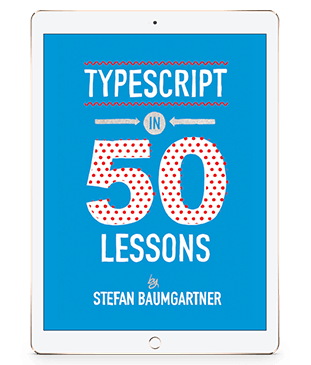
More Books
Accessible UX Research
Success At Scale
Interface Design Checklists
166 practical cards for common interface design challenges.
Understanding Privacy
How to put your users first and make a better web.
Touch Design for Mobile Interfaces
Want to learn how to improve the design of your mobile digital products? Learn how touchscreen devices really work — and how people really use them.
Image Optimization
Deliver high-quality responsive images in the best format and size, and at the moment your users need them.
TypeScript in 50 Lessons
Everything you need to know about TypeScript, its type system, and all its benefits in 50 lessons.
Click!
A guide to increasing conversion and driving sales sustainably.
The Ethical Design Handbook
A practical guide on ethical design for digital products.
Inclusive Components
Handbook for building robust, accessible interfaces.
Smashing Print
A printed magazine designed to make you think.
Art Direction for the Web
Creating engaging, art-directed experiences on the web.
Smashing Book 6
Exploring new frontiers in front-end and design.
Design Systems
Create effective design systems that empower teams to create great digital products.
Form Design Patterns
Designing and coding inclusive and usable web forms.
User Experience Revolution
Help organizations understand and embrace digital.
White Hat UX
How to avoid dark patterns and improve user experience.
Digital Adaptation
Helping traditional companies embrace and make use of digital.
Inclusive Design Patterns
Creating bulletproof, accessible HTML/CSS components.
Smashing Book #5
Smart responsive design techniques from real projects.
The Sketch Handbook
Everything you need to know to understand and use Sketch.



